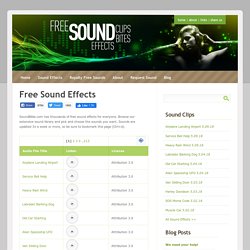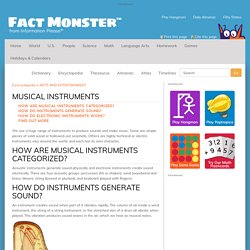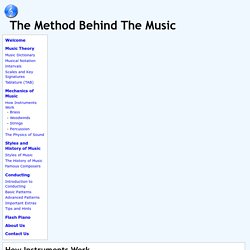

KS2 Bitesize Science - Light, Page 3 : Read. Babies and Kids Channel. SOUND. What is Sound? Sound - ABC online education. Free Sound Effects. SoundBible.com has thousands of free sound effects for everyone.

Browse our extensive sound library and pick and choose the sounds you want. Sounds are updated 3x a week or more, so be sure to bookmark this page (Ctrl+d). Help support SoundBible by sharing your new resource with friends, faculty, and others. Click here to learn how to share us now!. *This part of the site contains all audio license types. Schools Science Clips - How we see things.
Eye. eChalk: Interactive eye diagram. Light GB. KS2 Bitesize Science - Light, Page 2 : Read. Schools Science Clips - Light and shadows. Schools Science Clips - Light and dark. Light and shadows - ABC online education. Why do stars twinkle? - ABC online education. Questacon - The National Science and Technology Centre.
KS2 Science - Light and shadows. Finding out how you move and grow.

Can you label the human skeleton? When you've finished move onto the animal skeletons. Do you know which groups living things belong to? Look at the plants and animals as they go past. Can you drag them into the correct groups? Magnets have north poles and south poles. What does a year look like in space? © v2vtraining.co.uk The application consists of two sorting activities and one writing frame to support work towards the end of the unit. Solid, liquid and gas are called the three states of matter. Materials have different properties that make them useful for different jobs. Pupils can research information about teeth types, tooth structure and tooth decay.
Use an information panel where pupils can research details about food groups and a balanced plate approach to a healthy diet.Balanced Plate lesson outline An information panel to explains the terms used in, and concepts behind, food chains. Listen. Soundscape Constructor. Vibration Science Video. KS1 Science - Sound. The clues are the names of the adult animals, the correct answers are the name of their young. © v2vtraining.co.uk A three part sorting activity based around animals.

Sort either animals and plants, animals with or without legs and how animals move. This is a quiz to support the understanding of adult and young animals. 15 multiple choice questions with built in answer checking. A three part activity to help with understanding the differences between young and adult animals. The materials sorting and labelling application is a simple to use science vocabulary exercise. A sound identification activity with sorting of musical instruments by how the sound is made.
Watch the water cycle in action and add your own labels. Label words are simply dragged and dropped into the correct place in the diagram. Label words are simply dragged and dropped into the correct place in the picture. The plant parts labelling application is a simple to use science vocabulary exercise. The Magic School Bus. Schools Science Clips - Changing sounds. Schools Science Clips - Sound and hearing. Questacon - The National Science and Technology Centre. MUSICAL INSTRUMENTS. We use a huge range of instruments to produce sounds and make music.

Some are simple pieces of solid wood or hollowed-out seashells. Others are highly technical or electric. Instruments vary around the world, and each has its own character. Acoustic instruments generate sound physically and electronic instruments create sound electrically. There are four acoustic groups: percussion (hit or shaken), wind (woodwind and brass; blown), string (bowed or plucked), and keyboard (played with fingers).
An instrument creates sound when part of it vibrates rapidly. Electronic instruments—such as electronic keyboards— do not make actual sounds in the way an acoustic instrument does. How Instruments Make Sound. Dallas Symphony Orchestra: Instruments. Learn and Listen by Instrument!

Click on the links below to sample sounds and learn more about all of the instruments played by our Dallas Symphony Orchestra musicians. How Musical Instruments Work - The Method Behind the Music. The goal of all musical instruments is to produce sound.

This is accomplished in many different ways, yielding a wide variety of sounds, playing techniques, and extraordinary looking instruments. This guide explains how certain groups of instruments produce their sound. Woodwinds - Clarinet, Flute, Saxophone, Oboe, Bassoon, Recorder, Panpipe, etc. Brass - Trumpet, Cornet, Flugelhorn, Trombone, French Horn, Euphonium, Tuba, Didgeridoo Strings - Violin, Viola, Cello, Bass, Guitar, Piano, Zither, Sitar Percussion - Snare, Bass, Tom-Tom, Cymbal, Timpani, Bells, Xylaphone, Taiko.